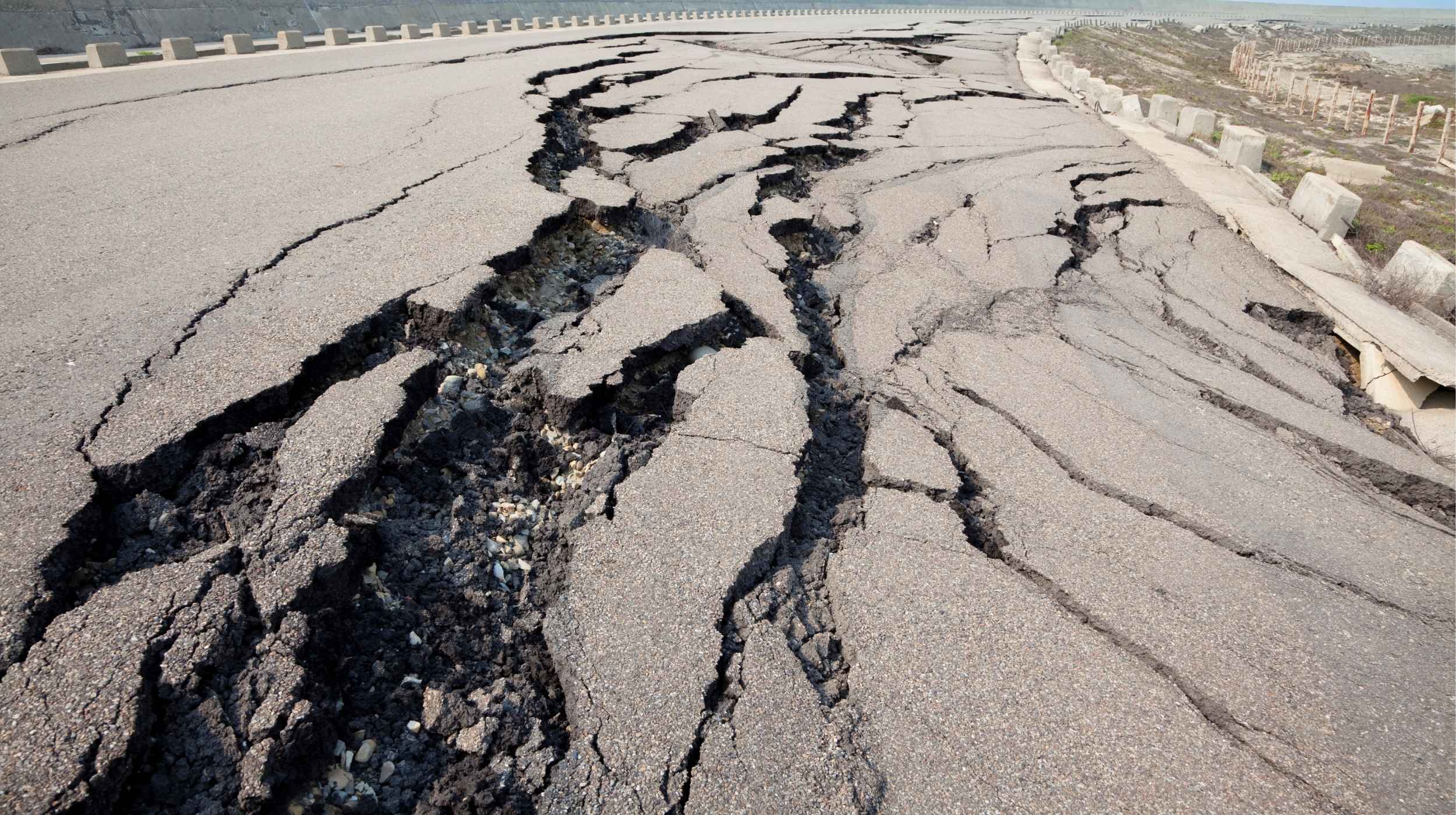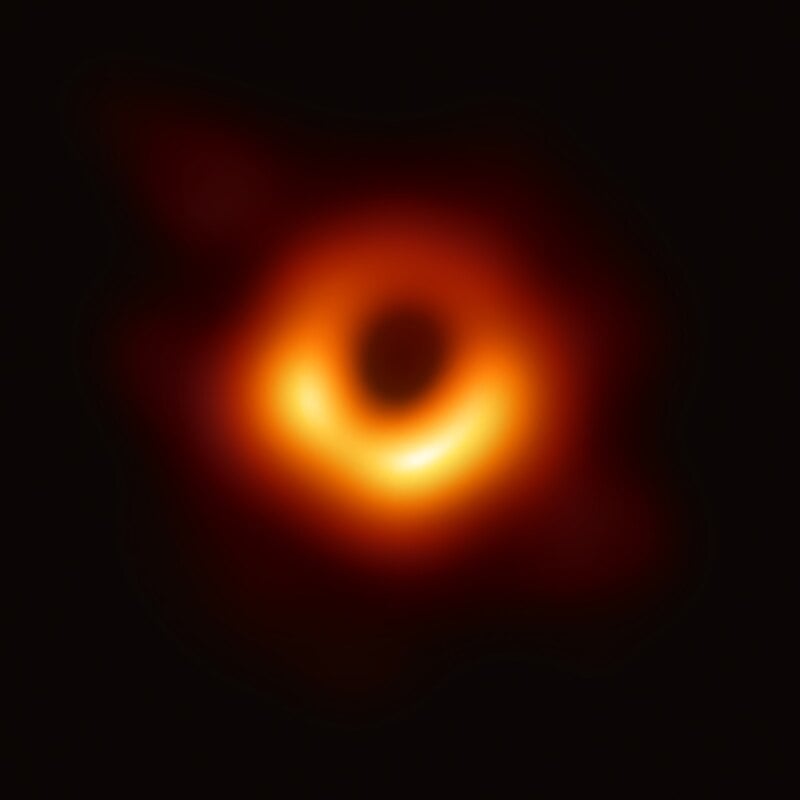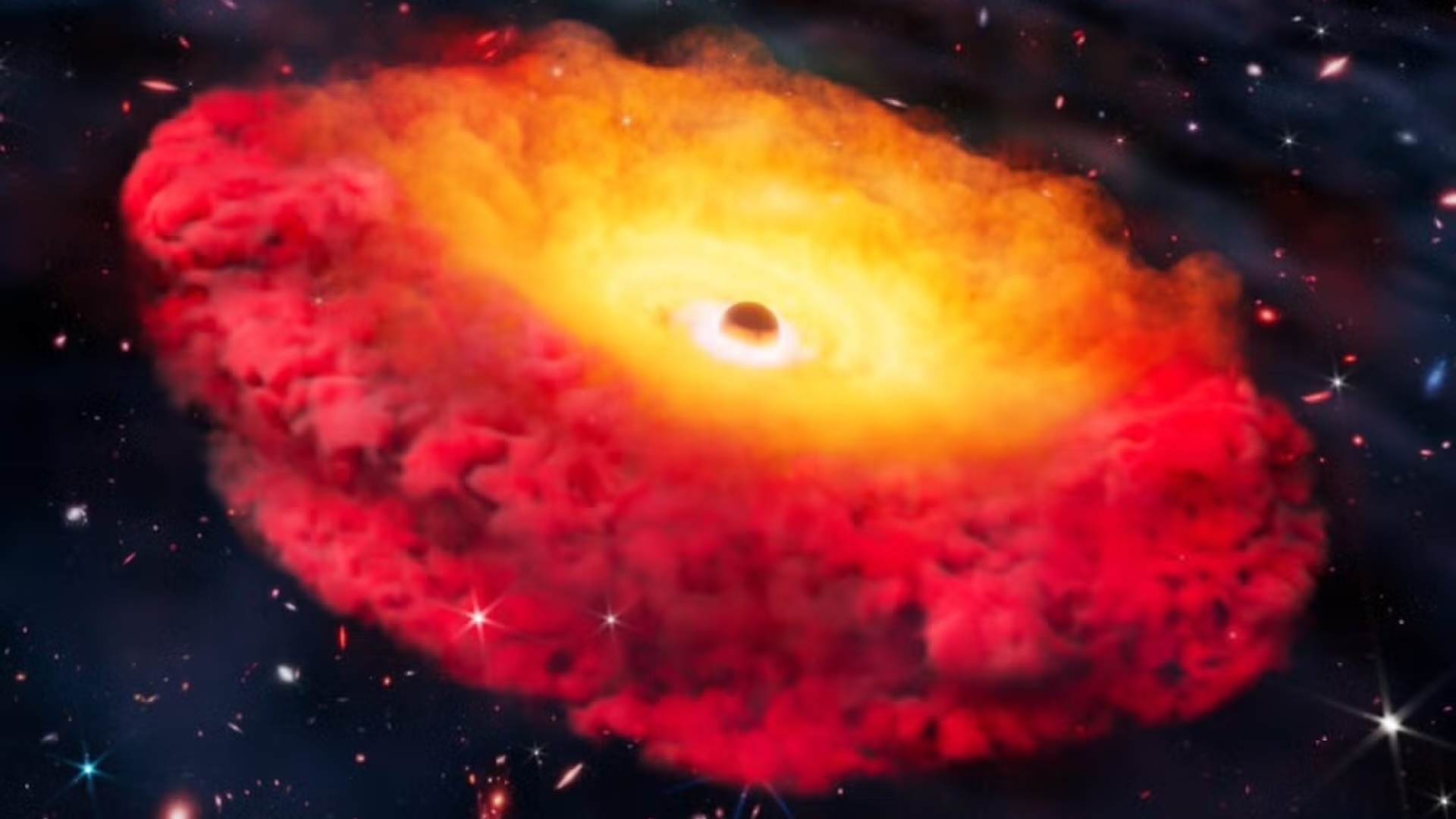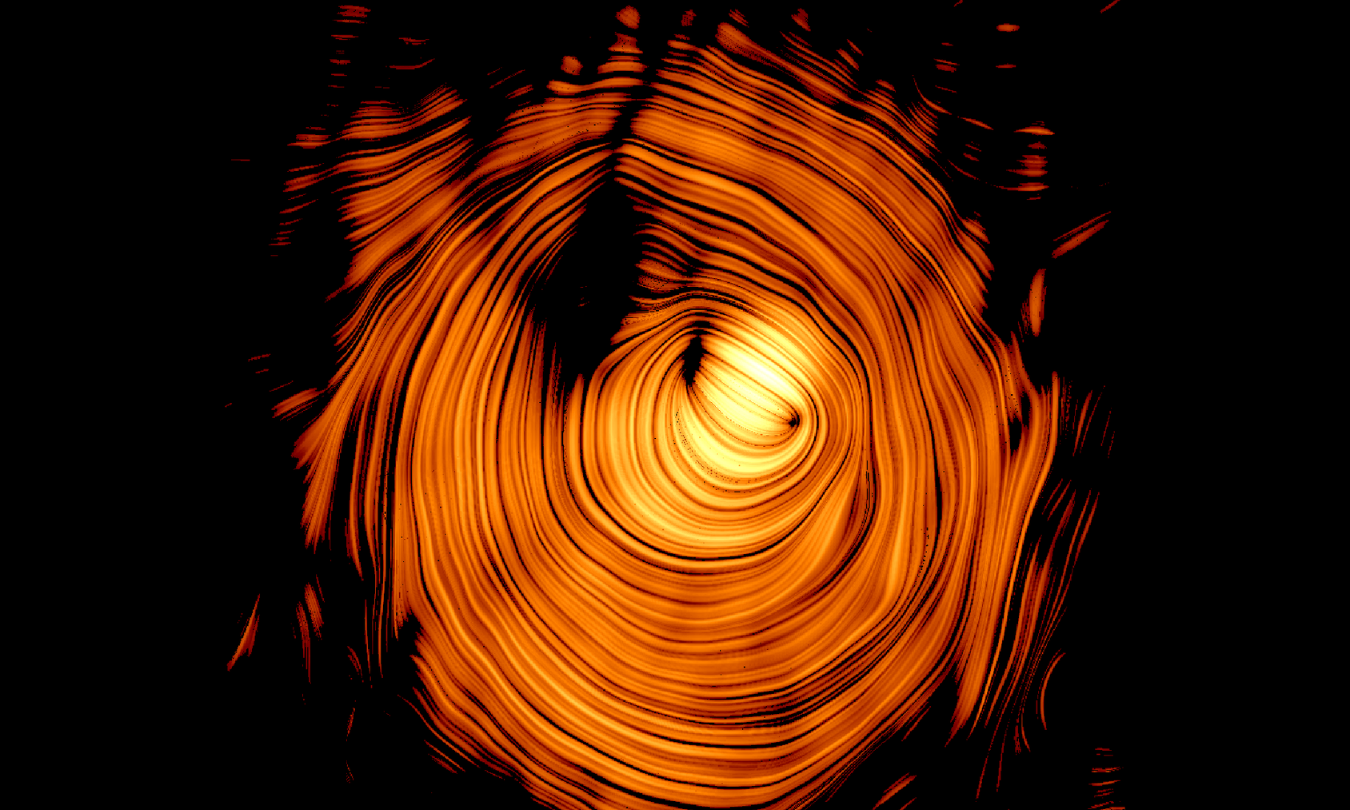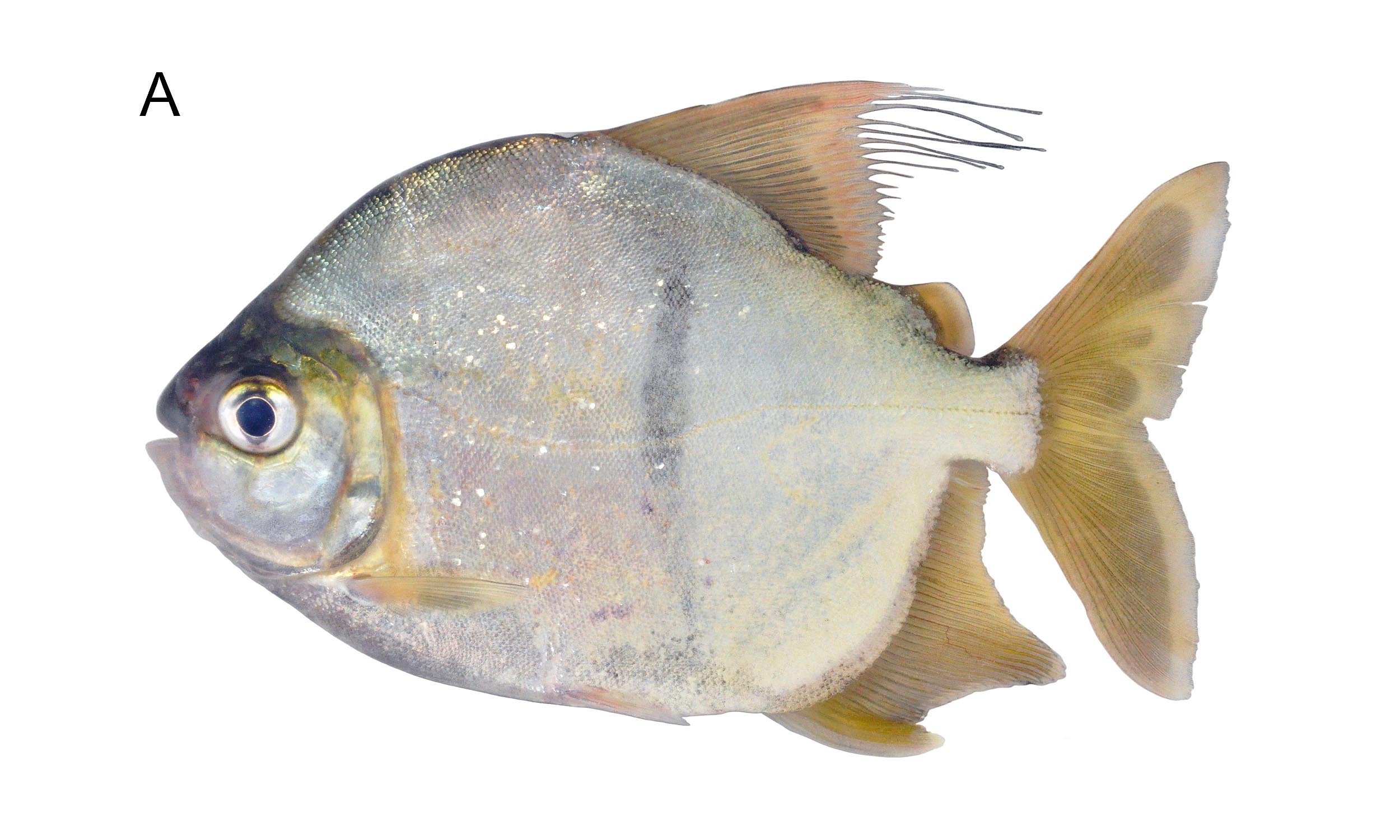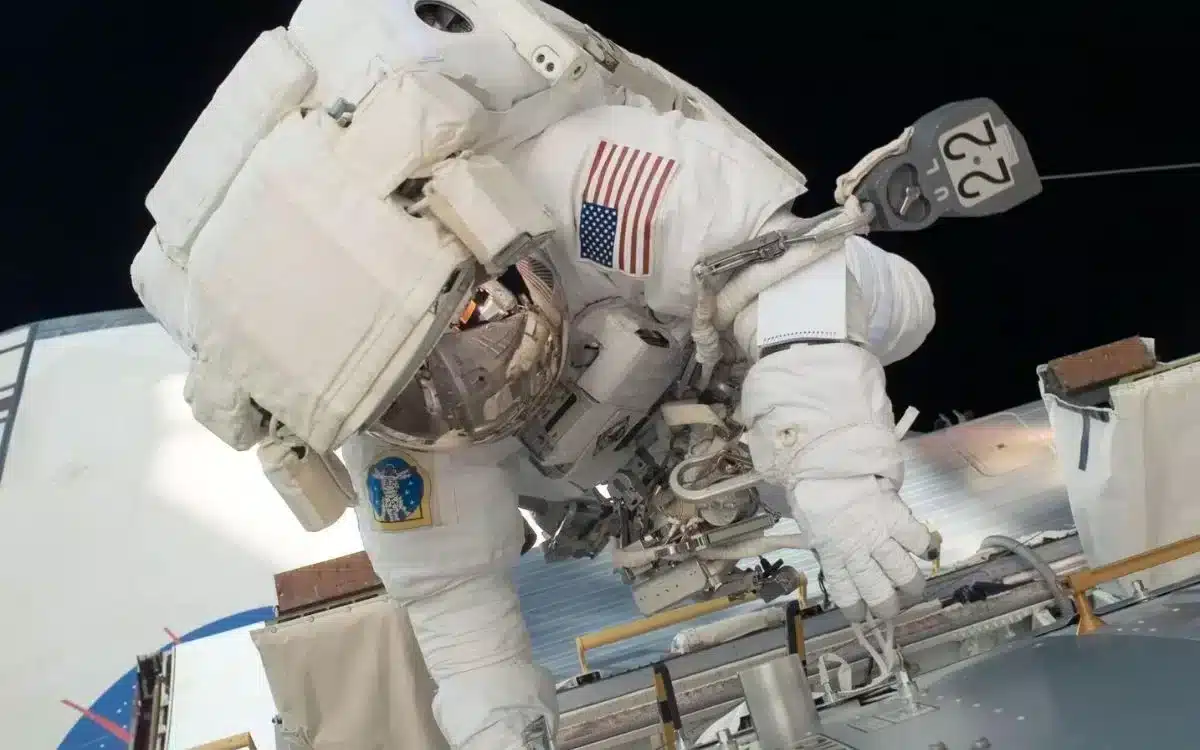Astronomers Capture Shocking Dance of Doom as Star Explodes After Trying to Swallow a Black Hole!
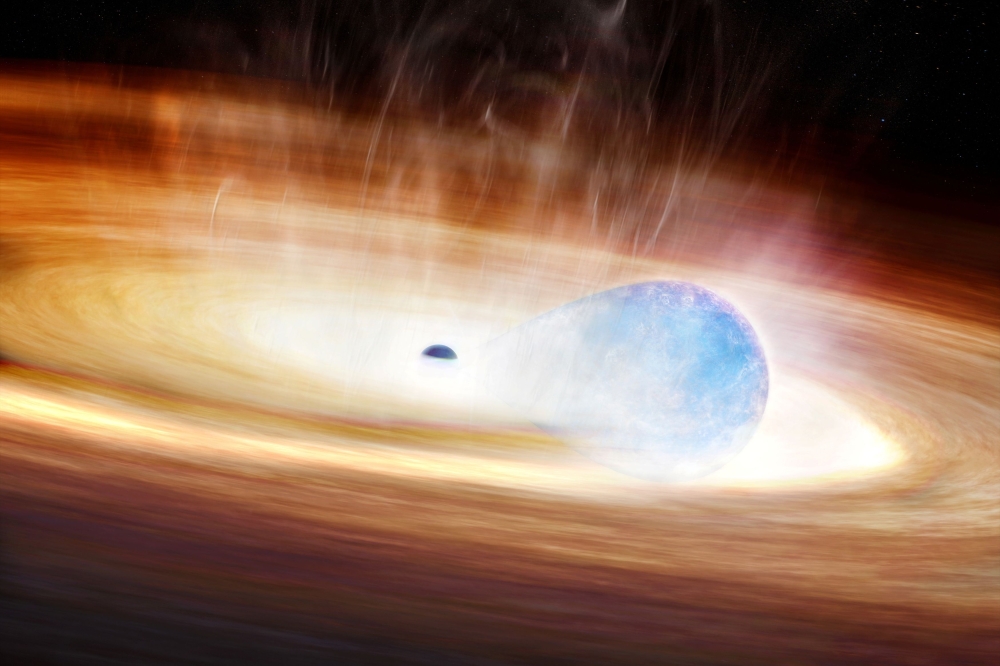
Have you ever seen a cosmic tango that ends in disaster? Astronomers have just revealed the spectacular fallout of a star that made the dangerous choice of trying to swallow a black hole, leading to a breathtaking new type of supernova. This stunning celestial event not only showcases the violent beauty of the universe but also gives us a glimpse into the complex interactions between massive astronomical bodies.
In a fascinating tale of gravitational pull and cosmic drama, the star in question was no ordinary celestial body. At least ten times the mass of our sun, it found itself in a binary system with a black hole of similar mass. These two gravitationally bound partners were engaged in something akin to a long and perilous dance. Unfortunately, as they spiraled closer to each other over time, the black hole's immense gravitational forces began to stretch the star, warping its once-spherical form and siphoning material away from it.
“We caught a massive star locked in a fatal tango with a black hole,” said Alexander Gagliano, an astrophysicist at the US National Science Foundation’s Institute for AI and Fundamental Interactions at MIT, and the lead author of the study published in the Astrophysical Journal. The result? An explosive finale that unleashed more energy in just one second than our sun emits in its entire lifetime.
The explosion occurred a staggering 700 million light-years away from Earth, a distance so vast it’s hard to fathom. To understand it, envision this: a light-year is the distance light travels in one year, approximately 9.5 trillion kilometers!
The dynamics of the star and black hole were strikingly unique. While both had similar masses, the star’s size was considerably larger, making it seem “puffy” while the black hole remained small but incredibly powerful. In this dance of destruction, the black hole ultimately emerged victorious.
However, researchers are still piecing together the exact mechanism that triggered this extraordinary supernova. “It’s unclear if the distortion triggers an instability that drives the collapse of the star, or if the black hole completely pulls the star apart before it goes supernova,” noted Ashley Villar, a Harvard University astrophysicist and co-author of the study. The complexities involved in how the black hole interacted with the star have left many questions unanswered.
This cosmic saga began when the binary system was formed, consisting of two massive stars orbiting one another. As fate would have it, one star reached the end of its life cycle and exploded in a supernova, its core collapsing into a black hole. “This event reveals that some supernovae can be triggered by black hole companions, giving us new insights into how some stars end their lives,” Villar explained.
For stars with masses eight times greater than our sun, the path usually ends in a supernova. However, for those with at least twenty times the mass, a black hole is the grand finale.
In a stunning twist, an artificial intelligence algorithm designed for spotting unusual cosmic explosions detected the early signs of this supernova. This real-time alert allowed astronomers to make immediate follow-up observations, ensuring that the full scope of the explosion was captured like never before. “Our AI algorithm allowed us to launch a comprehensive observational study early enough to really see the full picture for the first time,” Gagliano noted.
Observations prior to the explosion highlighted bright emissions believed to be caused by the black hole consuming material from the star. Remarkably, the star’s outer hydrogen layer was stripped away, revealing the helium beneath.
Even post-explosion, astronomers saw bright emissions as the black hole consumed the stellar debris left in its wake, resulting in an even more massive and formidable black hole.
These cosmic pairings aren’t rare; many stars exist in multiple systems, and some even have black holes as companions. “Our takeaway is that the fates of stars are incredibly impacted by their companion — or companions — in life. This event gives us an exciting window into how dramatically black holes can impact the deaths of massive stars,” Gagliano concluded, leaving us with the tantalizing thought of just how much more there is to discover about our universe.












